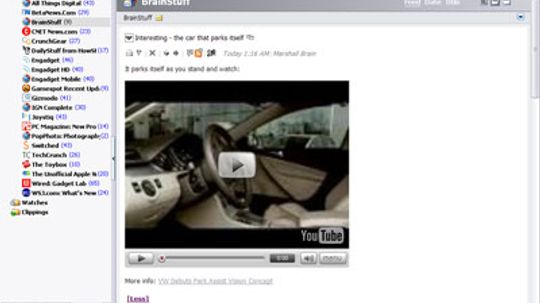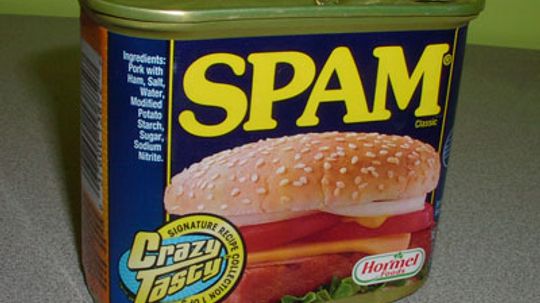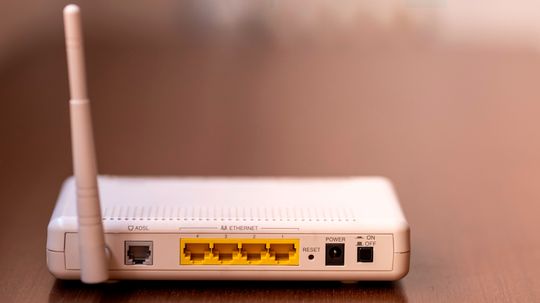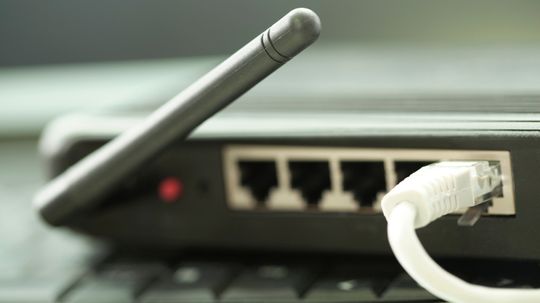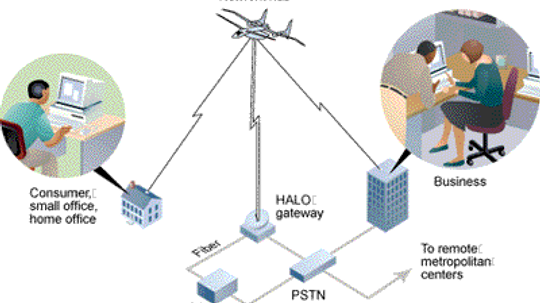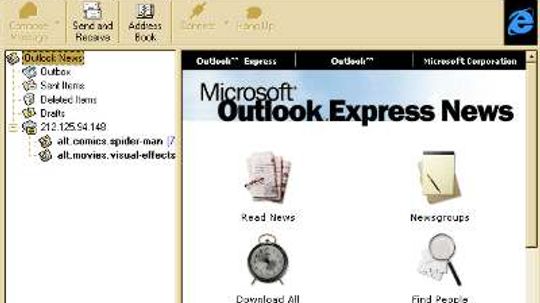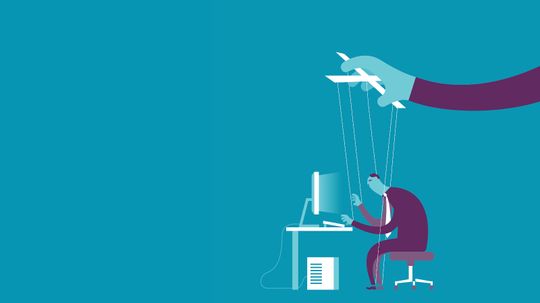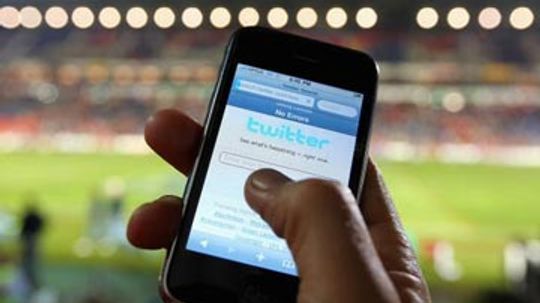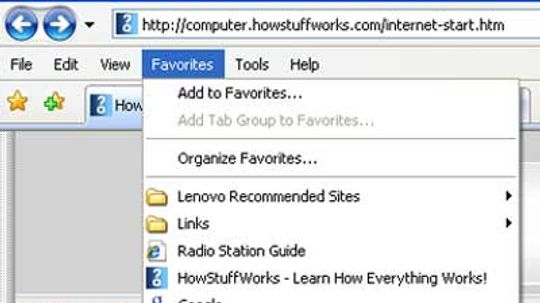Internet Technology
We look to the Internet for news, socializing, shopping, research and more. From HTML code to instant messaging, we'll break down what's really going on whenever you log on, send an e-mail, visit a popular Web site or post to a blog.

The Truth About Cloud Storage and Its Future

5 Ways to Keep Your Information Secure in the Cloud

Are my files really safe if I store them in the cloud?

Can the Internet Break From Overuse?

Could an Attack on Undersea Cables Take Down the Internet?
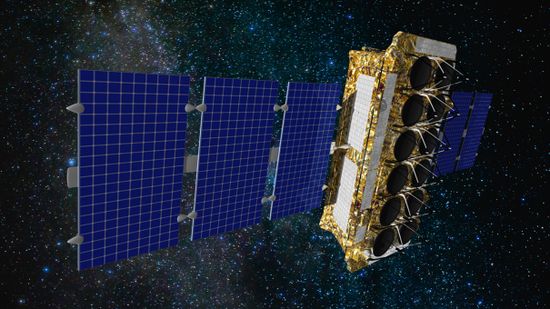
Constellations of Internet Satellites Will Beam Broadband Everywhere
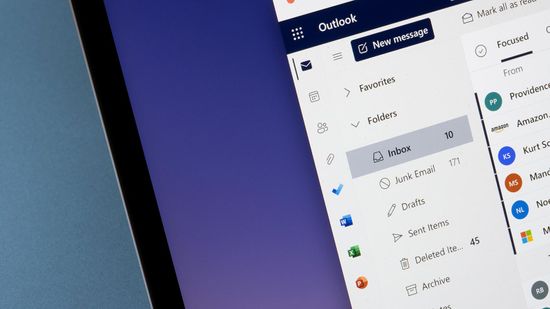
How to Recall an Email in Outlook or Gmail

What Does CC Mean in Email?

How to End an E-Mail: 21 Professional and Personal Sign-Offs

How Do Search Engines Work? All About Ranking and Bidding

How to Access the Dark Web

How to Change the Language in Google Chrome

How to Enable Google Chrome Dark Mode on All Your Devices

How Websites Use 'Dark Patterns' to Trick You Online

That Dead Weblink May Be Revived With the Wayback Machine

Should You Use Facebook or Google to Log In to Other Sites?
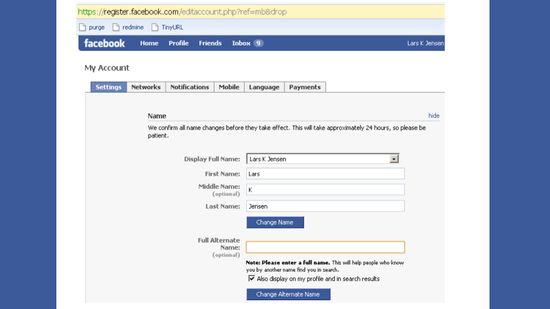
How to Change Your Name on Facebook

How to Deactivate Facebook
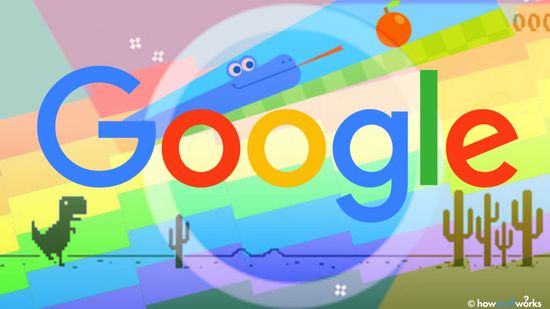
Google Easter Eggs: Sweet Treats Hidden in Plain Sight

10 Reasons Why You Should Care About Net Neutrality

WiFi Extender vs. Booster: What's the Best Choice for You?

Does Weather Mess With Your Internet Connection?

Why Does My WiFi Keep Disconnecting? 6 Easy Fixes
Learn More / Page 11
WiMAX has hit technology news in a big way. This networking system can blanket a 30-mile radius with broadband access, compared to WiFi's 300-foot range.
Short for Really Simple Syndication, RSS is a way to subscribe to a source of information, such as a Web site, and get brief updates delivered to you. So what should you subscribe to, and what happens next?
Imagine plugging your computer into any electrical outlet in your home and having high-speed Internet access instantly. Power line broadband is offered in a few U.S. cities, but there are groups and government agencies fighting to block further development. What's the controversy about?
Advertisement
Under the impression that dial-up modems are out of style? Actually, tons of folks still use dial-up Internet access. Find out how high-speed dial-up makes the most of the original connection method.
You block it, you filter it, you unsubscribe from lists you actually want to be on, and still it lands in your inbox. If you have an e-mail account, chances are you also have spam. Learn where spam comes from, who's doing the spamming and how to stop it.
Blogs serve as online journals and communities, often linking to news stories and other sites. Learn the basics of blogging, explore the blogosphere and find out how to create your own.
Most of us encounter Internet-based ads on a daily basis, and some of us have the misfortune of being utterly bombarded. Does anyone actually click on those things? Find out all about the world of Web advertising.
Advertisement
The World Wide Web is known for its nearly unprecedented "free content." But can it stay that way? Learn how the penny-per-page revenue model might work.
There are too many variables to make a generalization about whether Ethernet or USB is the better way to connect your home computer. Read this article to learn how to pick the right one for your system.
If you've been holding your breath for the next best thing in Internet connections, get ready to exhale. VDSL has five times the speed of regular broadband.
By Jeff Tyson
Wireless networks, or WiFi hot spots, are one of the most popular methods of internet connection on Earth. They're found in homes, coffee shops, airports and even vehicles. Let's look at the technology that makes WiFi such a reliable choice.
Advertisement
Imagine using a high-speed wireless Internet connection originating from an aircraft flying over your city. Learn about the airborne Internet and how you might use this technology in the near future.
By Kevin Bonsor
Social networking and e-commerce may be all the rage, but many internet pioneers originally used the Internet for sharing ideas among large groups of people. Newsgroups were fundamental to early internet communication, and they're still good sources of information today.
By Jeff Tyson
How do web pages, email and music move to and from your computer? It's thanks to the amazing global network we call the internet. Find out more about its infrastructure.
By Jeff Tyson & Chris Pollette
How do you access the Internet other than dial-up if you live too far from a phone company office for DSL and there is no cable TV on your street? Satellite Internet access may be worth considering.
Advertisement
Every day, billions of e-mail messages are sent. But sometimes even e-mail isn't fast enough. Learn about instant messaging and check out what you can do with real-time computer communication.
By Jeff Tyson & Alison Cooper
It can be truly frustrating -- one minute you're zipping along just fine, the next, you can't get one page to load. What's causing the backup? Cable modems are part of a loop that begins at the cable company's central office, goes through a certain neighborhood or area, and comes back to the central office.
Fiber-optic lines have revolutionized phone calls, cable TV and the internet. It's a really cool technology that enables the long-distance transmission of data in light signals, and is used in many more ways than you think.
Your IP address is one of 4.3 billion unique numbers that identifies your computer on the internet. Learn the different IP classes and discover how your computer gets its own address.
Advertisement
Odor-producing peripherals will bring smell to the Internet, and are just around the corner. Find out how they will work!
How far will the Internet go? The next phase of the Internet will take us to far reaches of our solar system and lay the groundwork for a communications system for manned missions to Mars and planets beyond.
By Kevin Bonsor
These days, you can find animated figures all across the Internet! Ready to give life to your own creations? Learn about dynamic HTML, animated GIFs, Java, Shockwave and Flash animation techniques.
By Tom Harris
Do you get the shakes when you're offline for more than 10 minutes? The wireless Internet lets you browse Web pages from a cell phone or PDA. Learn about the Wireless Application Protocol that makes it possible to surf on the go.
By Jeff Tyson
Advertisement
The funny little "a" with its tail circling back around it is probably one of the most commonly used symbols today. So it is truly amazing to learn that there is no official, universal name for it.
To make it easier to pick out a particular link from your list of favorites, Internet Explorer versions 5.0 and higher include custom bookmark icons for some sites. Learn how they do it and how these icons make your web surfing easier.

